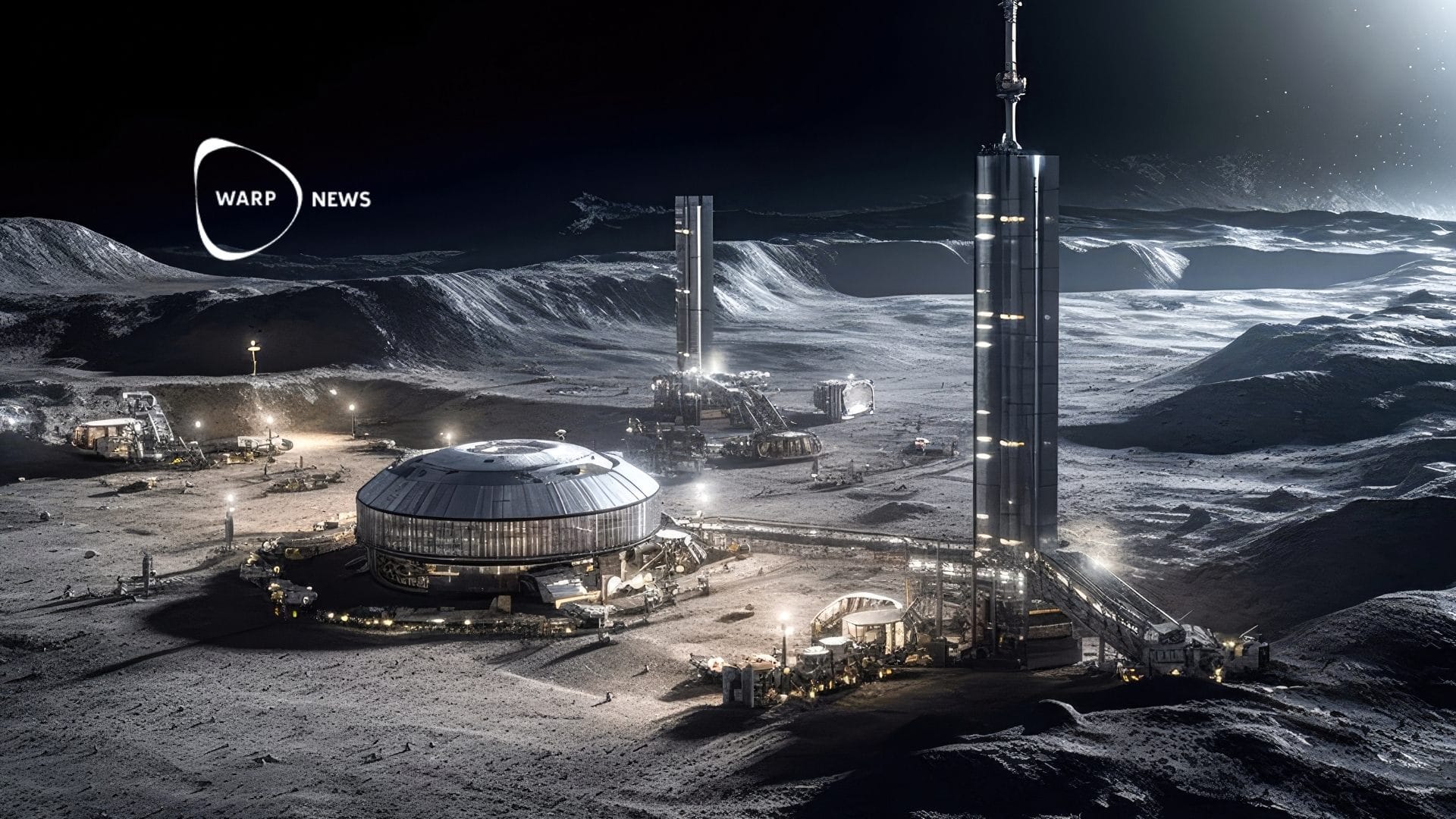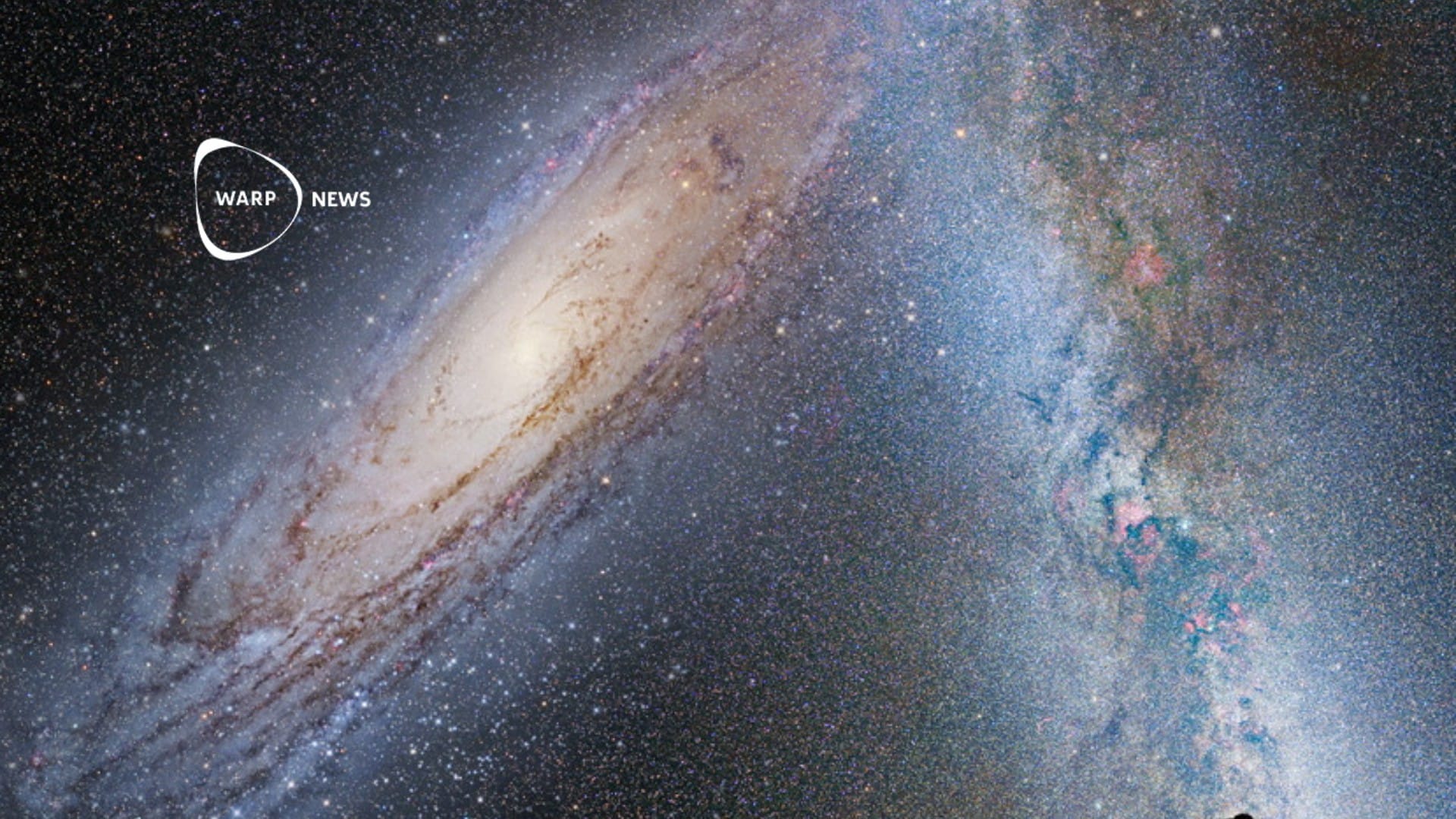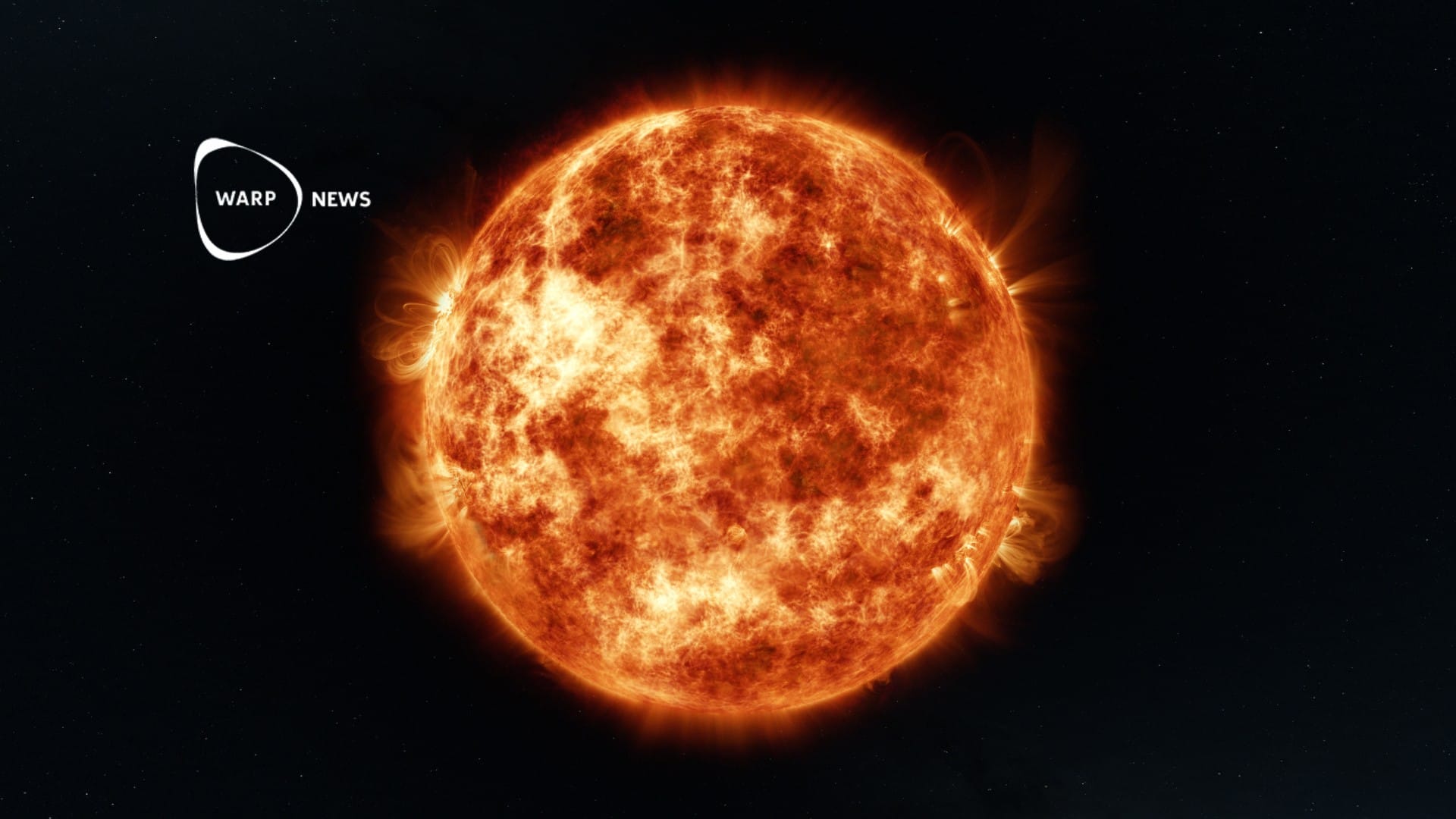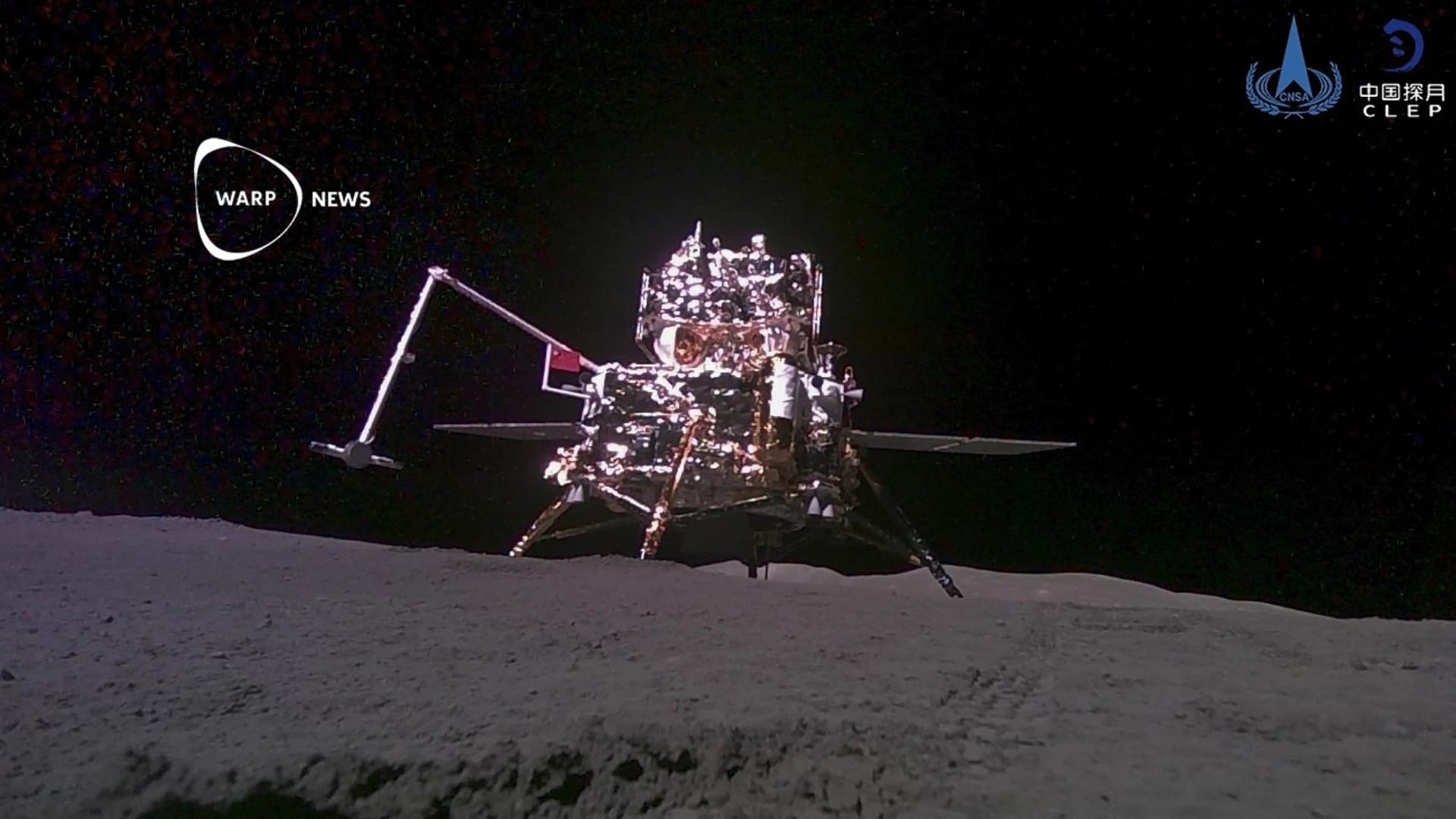🚀 Space
Space is the final frontier and is now being opened to everyone thanks to front runners such as NASA and now SpaceX and Elon Musk, Blue Origin and Virgin Galactic.
👩🚀 New record: 19 people orbited Earth simultaneously
Three people were launched towards the International Space Station on September 11. This raised the number of people in Earth's orbit to a record-high 19. The previous record was 17 people, set last year.
🙉 Don't get swept away by short-sighted pessimism
Many opinions are based on the tree one is staring at. Instead, take a step back and see the forest. In space, AI, and batteries, I zoom out from the chatter and try to see what's actually happening.
👩🚀 First private spacewalk conducted by SpaceX
SpaceX Polaris Dawn mission performed the first ever commercial spacewalk. The crew reached an altitude of nearly 1400 km, higher than any other manned spaceflight since the Apollo program. The mission tested new SpaceX equipment and conducted 36 scientific experiments.
🚀 New company aims for groundbreaking asteroid mining
AstroForge has secured $40 million in funding for asteroid mining. The company plans two missions: Odin to pass by an asteroid and Vestri to land on one. AstroForge aims to be the first to commercially explore metal-rich asteroids.
🍔 Food-from-air company Solar Foods advances in NASA's space food competition
NASA's Deep Space Food Challenge aims to find new ways to provide astronauts with nutrition during long space missions. Solar Foods won the international category in the competition. The company is developing a concept to produce the protein Solein in space.
🌌 The Milky Way may NOT collide with Andromeda in five billion years *phew*
New study indicates that the Milky Way has a 50 percent chance of avoiding collision with the Andromeda galaxy. Previous research suggested that a collision was inevitable within 5 billion years.
🔭 Solar telescope tracks the source of the solar wind for the first time
Solar Orbiter has made the first direct measurement of the solar wind and traced it back to its source. Measurements show that the solar wind comes from areas with sunspots where the magnetic field is intense. The discovery could improve predictions of solar storms that affect Earth.
🌒 Space probe returns with samples from the far side of the moon - for the first time
The Chang'e 6 probe has successfully retrieved rock and soil samples from the far side of the moon. The samples are expected to contain 2.5 million-year-old volcanic rock. This is the first time samples from the far side of the moon have been collected.
🔭 New space telescope could potentially see city lights on exoplanets
NASA's new space telescope will search for habitable exoplanets. The telescope will be able to detect both biological and technological signs of life. It may also potentially search for city lights on the night side of habitable exoplanets.








